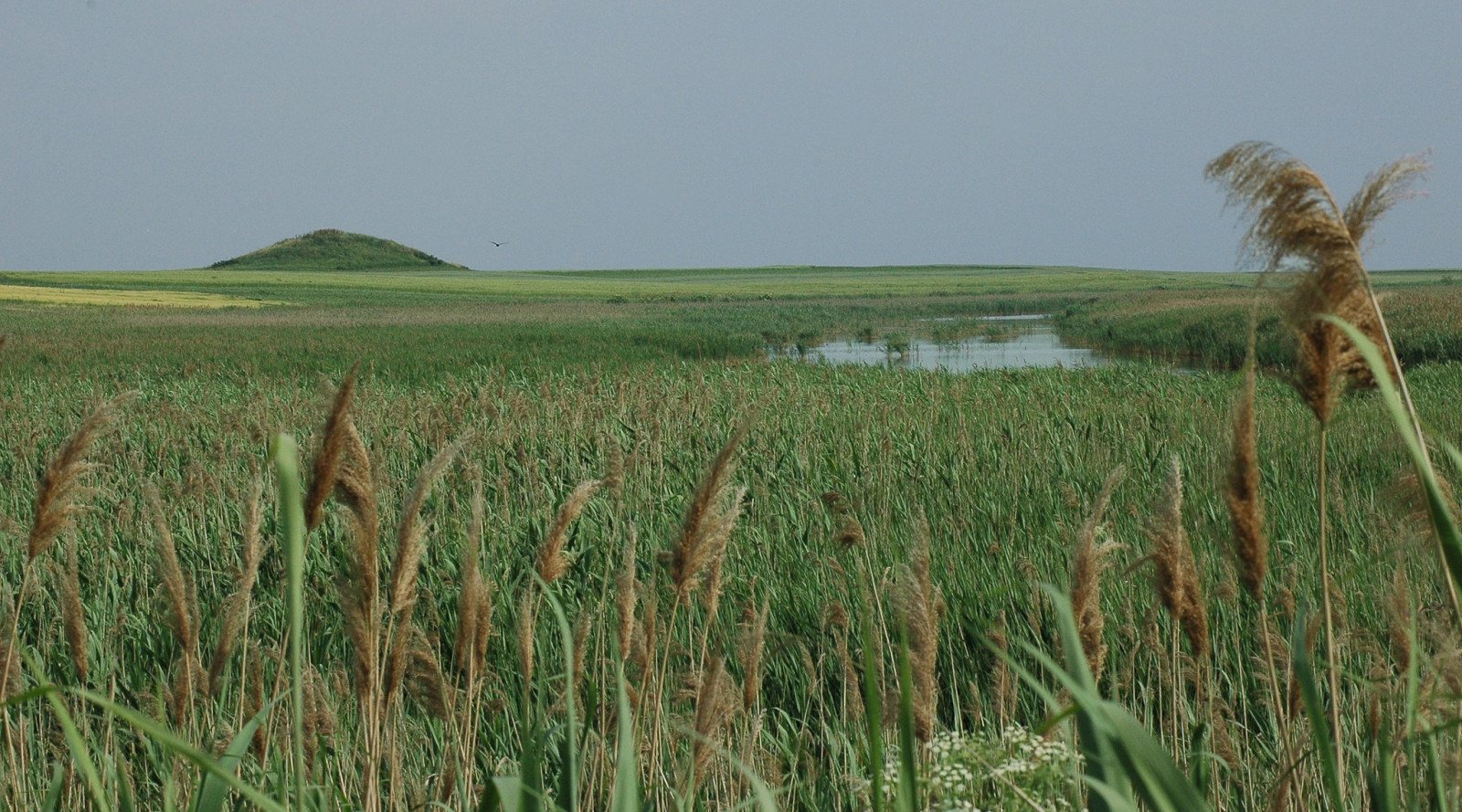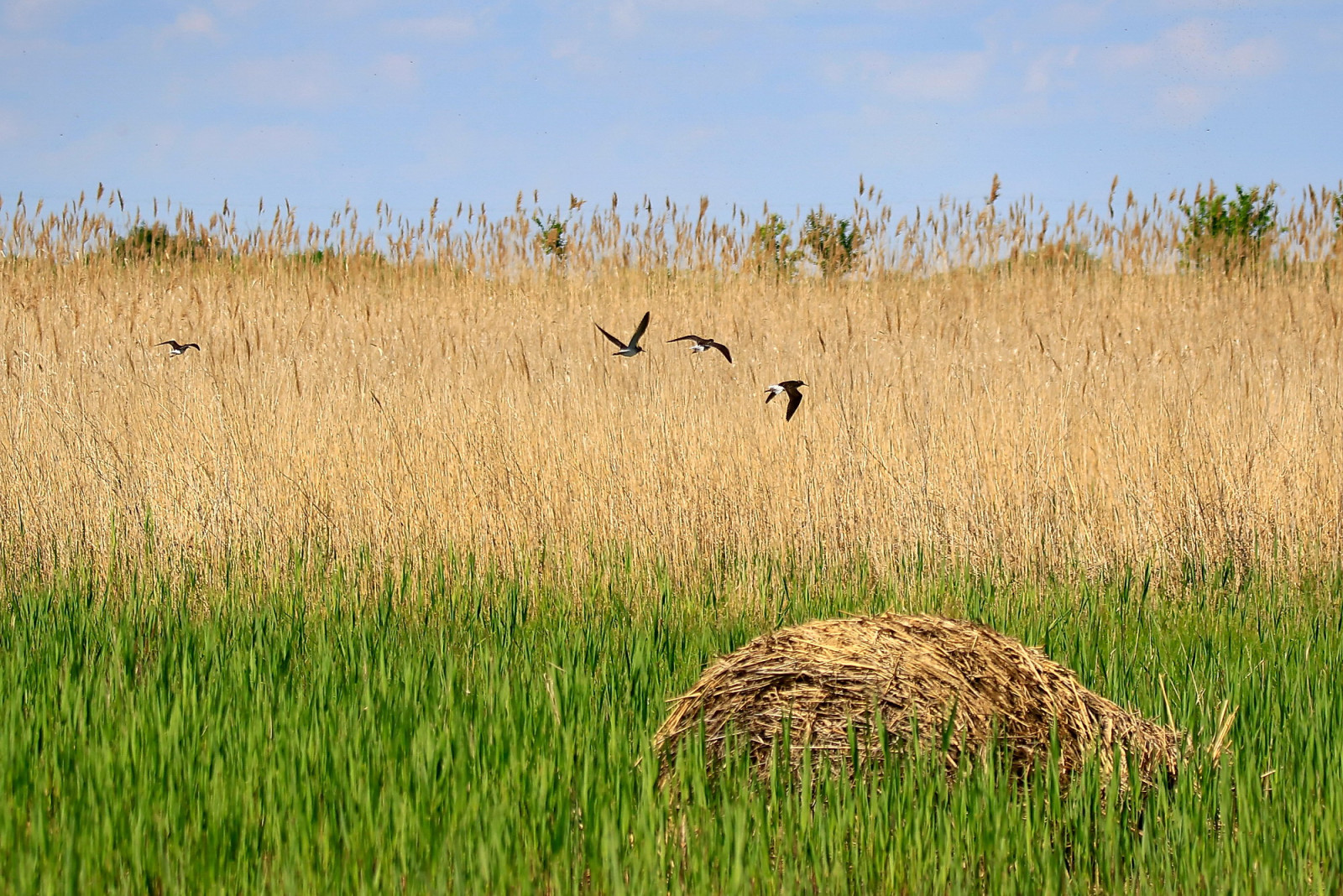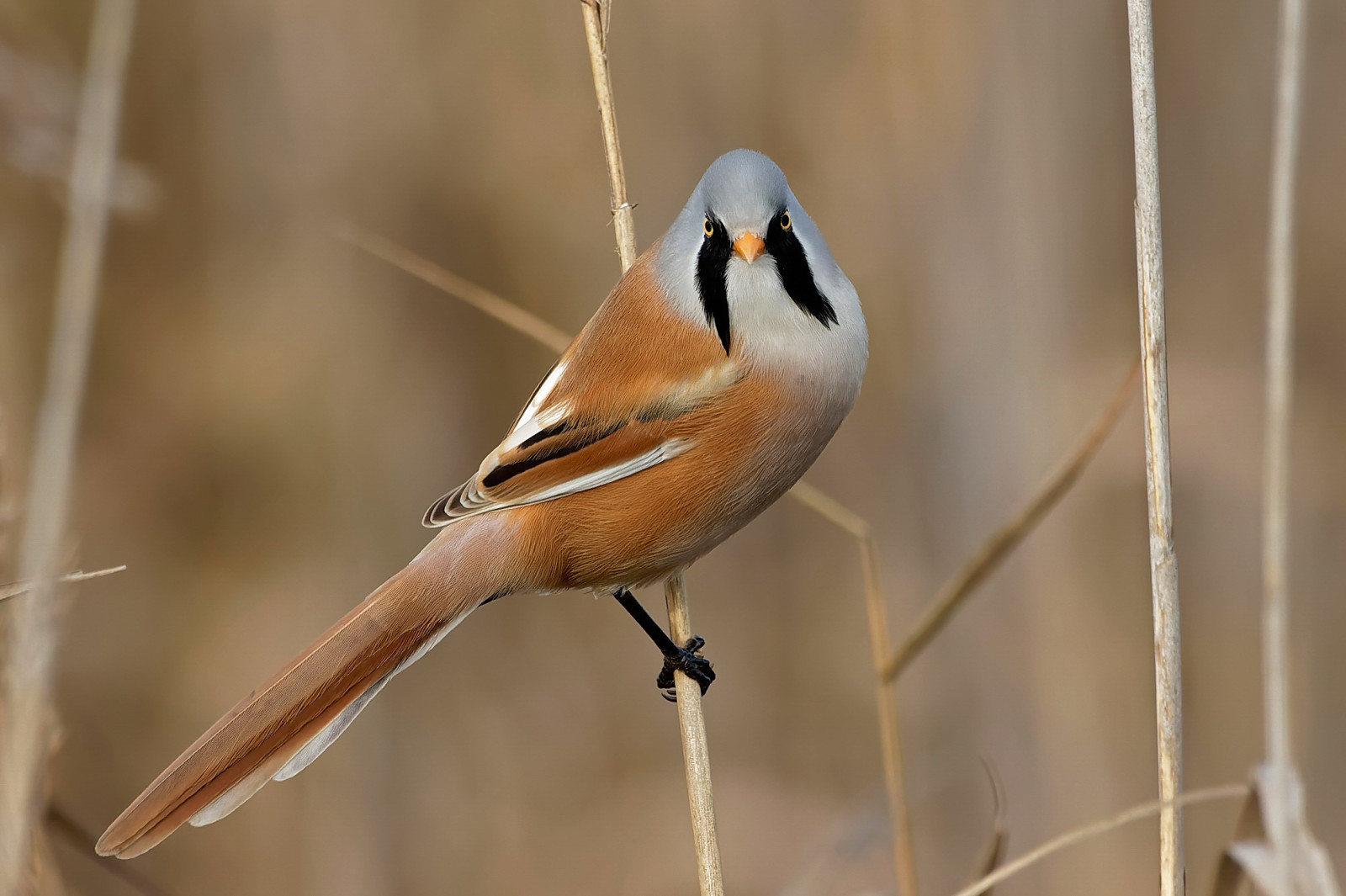Beschrijving
The characteristic of these fish ponds is low intensivity management and well developed aquatic vegetation, especially floatant. There are preserved areas under indigenous forests as well as extensive industrial poplar plantations. The peculiarity of the area are numerous salt marshes.
240 bird species were recorded on this bank of the Tamis River. Apart from numerous Ooievaar (about 30 nests in a single village), other birds of include Blauwborst, Snor, Zwartkoprietzanger (when it does bother to show off), Sprinkhaanzanger, Buidelmees, Baardman, Rietgors, Grauwe Klauwier and Kleine Klapekster (in winter replaced by Klapekster), Hop, Bijeneter, Steenuil, breeding Witwangstern (plus Zwarte Stern and Witvleugelstern on migration), Bosruiter , Groenpootruiter , Zwarte Ruiter and other waders, Kraanvogel on migration (mostly in March and November), Roerdomp , Kwak, Zwarte Ibis, Koereiger, Lepelaar, Witoogeend, wintering Bastaardarend.
Photos by Ceda Vuckovic, Josip Saric, Sever Nagulov, Aleksandar Topalov and Dragan Simic.
Details
Toegang
When you reach the main village junction in Baranda (marked by traffic lights), turn northeast and leave the village behind. For driving directions, zoom in on the map and click on the "P" (parking) sign.
For the main lakes west of the road (on your left) you need permission from the fish farm manager (the management building is the last one on the right hand side, on the map marked with an asterisk). Lately, they do not seem very keen to see visitors. I hope that attitude will change, but that is the reason more to act responsibly.
But for the salt marshes east/right of the road you are off the hook and may explore freely (carry plenty of water on hot days). The turn off is not marked and can be hard to spot. It is in the first bend in the asphalt road north of Baranda, where a dirt track goes right between arable fields towards an ancient kurgan (the highest point in a flat landscape). At the time of writing, the road was passable for ordinary cars, but the marshes are best seen on foot. Strategically erected at the best birding spot, the watchtower has no stairs but a very steep ladder. These salt marshes are threatened with conversion into a solar power plant.
If the plan to build this solar power plant were to come true, 3,800 hectares of rare salt marsh habitats would be permanently damaged. Over 200 strictly protected species of animals and plants, of which 185 species of birds, have been recorded in that area. Of the total recorded species of birds, 77 of them are in the Red Book of Birds of Serbia (Radišić et al., 2018), 29 are protected and further 153 are strictly protected species, 175 species are on the annexes of the Berne Convention, and 105 species are on the annexes of the Birds Directive.
Terrein en leefgebied
Wetland , Meer , Slikken , Landbouw , Rietvelden , Bos , Verspreide bomen en struikenOmstandigheden
Vlak , Geen schaduw , Open landschap , StoffigRondlopende wandeling mogelijk?
JaTelescoop meenemen?
Kan handig zijnWanneer hier vogels kijken?
Het hele jaarToptijd voor dit gebied
Winter , Voorjaarstrek , Najaarstrek , LenteRoute
Breed pad , Onverharde wegZwaarte wandeling
GemiddeldToegankelijk via
Te voetVogelkijkhut aanwezig?
JaExtra info
Also, “Pečena slatina salt marsh is the hunting ground of the local hunting club. Therefore, primarily for your safety, and also so that the locals know that you are not poachers, in autumn/winter you must announce your arrival. If you arrive early in the morning or at dawn, announce your arrival the day before. The phone number is 060 0879805 (Aleksandar Veselinov).”
Links
- The salt marshes checklist--Slatina, Pečena slatina i Siget
- The northern section checklist--Volarska torina
- Barchart for all eBird hotspots combined





